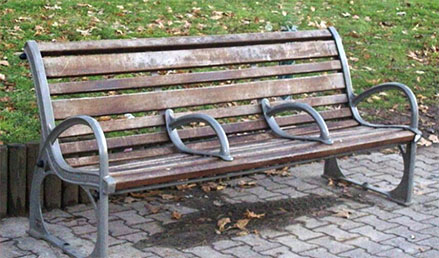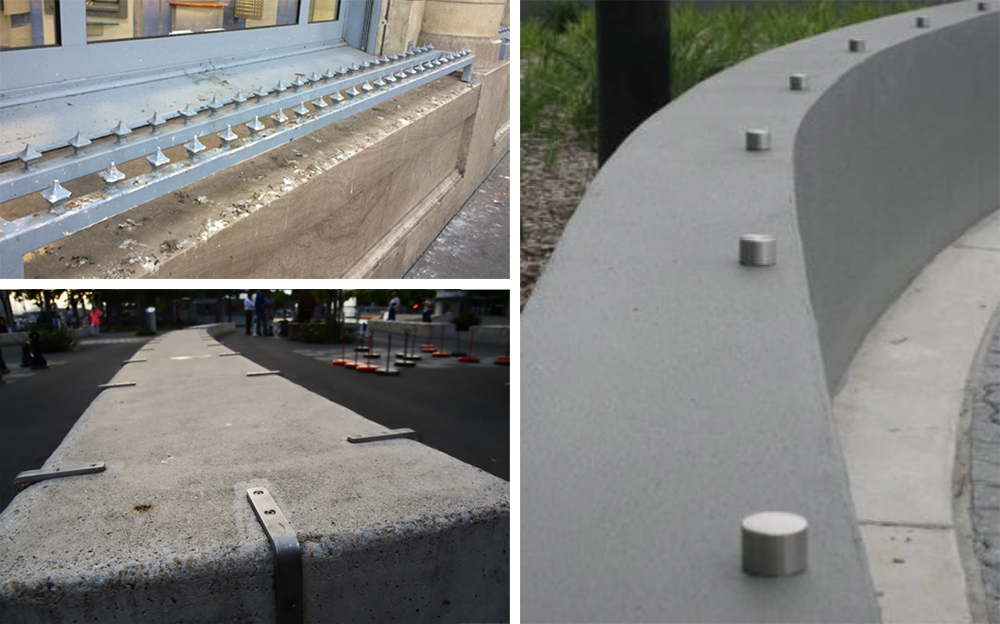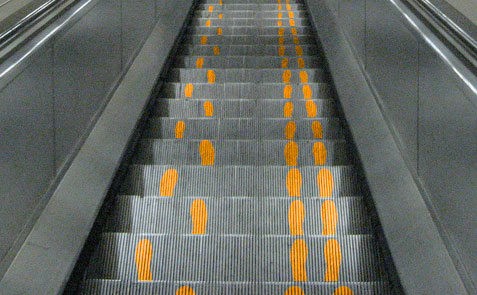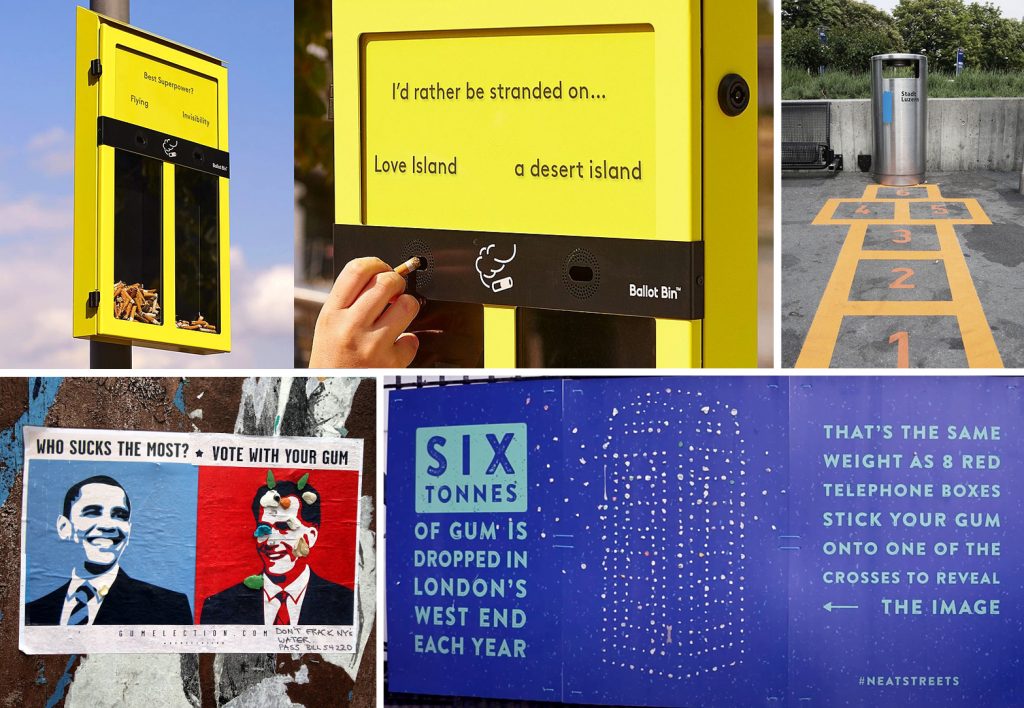If you’ve read some of my blog posts you’ll know I believe in the power of design; that design can solve problems, make things work better for us, bring pleasure and beauty to everyday things. But can design also change how we behave?
This bench can.

How? I’ve received a variety of answers from students over the years – ’it’s designed to give you your own personal space’, (how very British!) or ‘it’s so you can rest your arms and be more relaxed’. The real purpose, however, is not as positive as these suggestions: benches such as this are used all over the world to deter rough sleepers from using public spaces as beds for the night. Sad? Yes. Fit for purpose? Well, I’d have to say yes again.

These spaces too are designed to be hostile: to skateboarders, to the homeless. Design is not always for everyone’s good.
Our streets and public spaces are inundated with messages communicating what we can and can’t do. It’s the way civilised societies maintain some sort of order. Signs instruct us not to litter, railings tell us to keep out, traffic lights to stop or walk. Some of these messages we can ignore, others less. But are there more effective ways to nudge people to behave in a desired way?

What about these escalators? My anecdotal observations as a commuter tell me this works: it’s a simple and immediate way of communicating what users should do to help things run smoothly.
Here is another approach: this musical staircase in a busy railway station in Sweden uses fun to encourage a healthier, if less popular, behaviour. It draws the user in by offering a more rewarding experience than their usual escalator choice does.
The piano stairs clip always draws cries of surprise and delight when I use it in workshops. This is because it demonstrates so beautifully the use of a fresh and unexpected angle to address a brief that is perhaps a little, can I say, unglamorous? Being healthy, being safe, being considerate – all are fundamental to any functioning, progressive society, but they are also challenging messages to deliver without sounding preachy, or more realistically, without being ignored.
This clip is an excellent introduction to challenge students to think of a wide variety of such ‘unglamorous’, yet really important problems. Whether it’s encouraging cars to keep to a 20 mph speed limit, children to use pedestrian crossings, reducing chewing gum litter or encouraging social distancing in a Covid-19 world. All these need creative solutions that can help promote desired behaviours in the public realm.
And when an element of fun is thrown in to the mix some pretty cool solutions emerge: inviting passers by to vote for their preferred football team or presidential candidate with cigarette buts and chewing gum, stick their unwanted gum on a dot-to-dot poster to create a compelling image, or hopscotch their way to the bin – these are all examples of playful nudges towards a cleaner city.

Yet in my opinion, the award for ‘All Time Best Behaviour Changing Design’ has got to go to the urinals at Amsterdam’s Schiphol Airport. (Might it also have something to do with me being a mother of three boys…?)

If you want to get students to really understand how solving a problem has so many different angles and approaches, go ahead and ask them why a little fly is printed inside these urinals. After the unavoidable banter and giggling subsides (bound to ensue with any mention of bodily functions), you can tell them that following this redesign, the cost of cleaning the men’s toilets at this busy airport was reduced by as much as 20%. All thanks to a willingness to think differently about a rather unattractive problem, understanding human behaviour, and a little fly.
Check out my post About a brief to see how a cycling glove set out to tackle animosity between drivers and cyclists in London.
